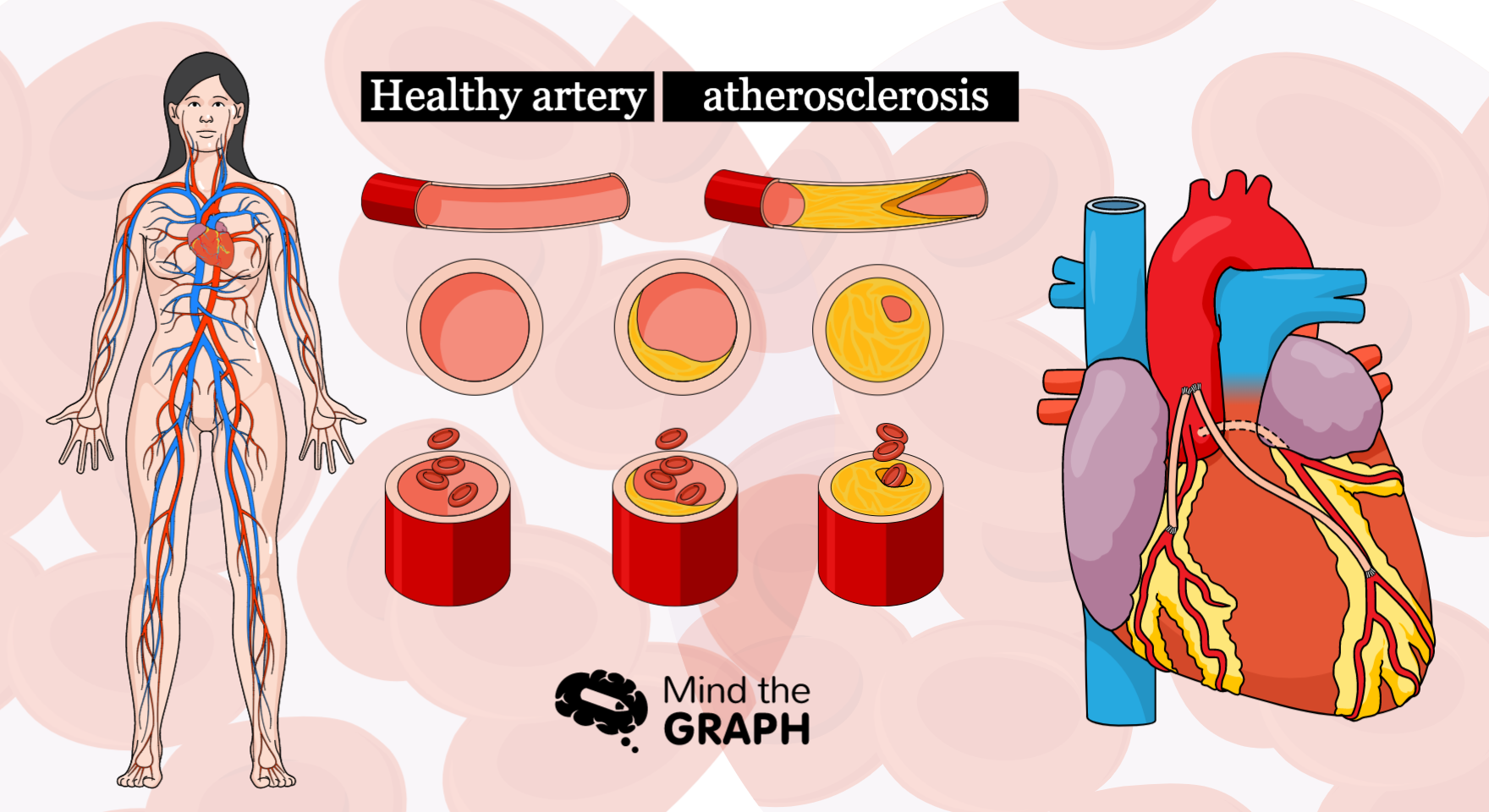Exploring and understanding nanomaterials properties is a fascinating endeavor that has captivated scientists and researchers across various disciplines. In recent years, the field of nanotechnology has experienced remarkable growth, offering unprecedented opportunities to manipulate matter at the atomic and molecular scale. Nanomaterials, characterized by their unique properties and behavior at this scale, hold immense promise for revolutionizing numerous industries, ranging from electronics and energy to medicine and environmental remediation.
At the nanoscale, materials exhibit distinctive properties that diverge from their bulk counterparts. Size, shape, and composition play pivotal roles in determining the behavior and performance of nanomaterials. By harnessing these characteristics, scientists can tailor nanomaterials to exhibit desired functionalities, such as enhanced mechanical strength, exceptional electrical conductivity, or superior catalytic activity. This level of control allows for the design and fabrication of materials with exceptional properties that were once thought to be purely theoretical.
Definition Of Nanomaterials
Nanomaterials refer to materials that possess unique properties and characteristics at the nanoscale, typically ranging from 1 to 100 nanometers in size. They are engineered or naturally occurring substances structured with precision at the atomic and molecular level.
Due to their small size and large surface area-to-volume ratio, nanomaterials exhibit distinct physical, chemical, electrical, and optical properties that differ from their bulk counterparts. These materials can be manipulated and tailored to exhibit specific functionalities, making them highly desirable for a wide range of applications in fields such as electronics, medicine, energy, and environmental remediation.
Mechanical Properties
The evaluation of mechanical nanomaterials properties is of paramount importance when assessing the structural integrity and performance of nanomaterials across diverse industries, such as aerospace, automotive, and construction. These properties provide vital insights into a material’s load-bearing capacity, resistance to external forces, and overall mechanical robustness.
Compressive Strength
The ability of a material to withstand compressive forces without deformation or failure. It measures the maximum stress a material can handle before it collapses under compression.
Tensile Strength
The resistance of a material to stretching or pulling forces. It represents the maximum stress a material can endure before breaking or undergoing permanent deformation.
Fracture Strength
Also known as fracture toughness, it refers to the maximum stress a material can withstand before fracturing occurs. It quantifies a material’s resistance to crack propagation and is important for assessing its durability and reliability.
Electrical Properties
Exploring the electrical properties of nanomaterials, including altered conductivity and tunable electronic properties, opens up new opportunities for advanced technologies and devices.
Altered Conductivity
Nanomaterials often exhibit altered conductivity compared to their bulk counterparts due to quantum confinement effects, surface states, and size-dependent electron transport. At the nanoscale, the confinement of charge carriers can lead to enhanced conductivity or even the transition from insulating to conductive behavior. This altered conductivity enables the development of nanomaterial-based devices with improved electrical performance, such as nanoscale transistors, high-performance sensors, and efficient energy conversion systems.
Tunable Electronic Properties
Nanomaterials offer the advantage of tunable electronic properties, where their electrical behavior can be tailored by controlling factors like size, shape, and composition. This tunability allows researchers to engineer nanomaterials with desired electronic characteristics, such as bandgap engineering, energy levels, and charge carrier mobility. By manipulating these properties, nanomaterials can be optimized for specific applications, including optoelectronics, photovoltaics, and nanoelectromechanical systems (NEMS).
Magnetic Properties
The unique magnetic characteristics of nanomaterials pave the way for innovative technologies that rely on magnetic interactions, revolutionizing fields such as data storage, biomedicine, and magnetic sensing.
Superparamagnetism
Superparamagnetism is a phenomenon observed in nanoscale magnetic materials, where they exhibit spontaneous magnetization reversal without hysteresis under the influence of an external magnetic field. At the nanoscale, thermal fluctuations can overcome the energy barrier for magnetization reversal, resulting in a rapid response and high sensitivity to external magnetic fields. This property is particularly valuable for applications such as magnetic data storage, drug delivery systems, and magnetic resonance imaging (MRI) contrast agents.
High Magnetic Susceptibility
Nanomaterials often exhibit high magnetic susceptibility, which refers to their responsiveness to an external magnetic field. The high surface-to-volume ratio of nanomaterials enhances their interaction with magnetic fields, leading to a stronger magnetic response. This high magnetic susceptibility enables improved performance in applications such as magnetic sensors, magnetic separation, and hyperthermia treatments in cancer therapy.
Optical Properties
In this section, the focus is on the optical properties of nanomaterials. These properties govern how nanomaterials interact with light and play a crucial role in a wide range of applications.
Surface Effects
Surface effects refer to the influence of a nanomaterial’s surface on its optical properties. At the nanoscale, the high surface-to-volume ratio leads to significant modifications in the optical behavior of materials compared to their bulk counterparts. Surface effects can result in phenomena like surface plasmon resonance, where the collective oscillation of electrons on the surface enhances light-matter interactions. Understanding and controlling surface effects is crucial for tailoring the optical properties of nanomaterials for applications such as surface-enhanced spectroscopy and plasmonic devices.
Enhanced Light Absorption
Nanomaterials exhibit enhanced light absorption due to their unique structural features and size-dependent properties. At the nanoscale, materials can be engineered to absorb light across a broader range of wavelengths, leading to improved light-harvesting capabilities. This property is particularly valuable in solar cells, where nanomaterials can be used to enhance the efficiency of light absorption and energy conversion processes.
Tunable Emission And Scattering
Nanomaterials also offer tunable emission and scattering properties, allowing precise control over the wavelength and intensity of emitted or scattered light. By manipulating the size, shape, and composition of nanomaterials, researchers can tune their optical properties to meet specific requirements. This tunability is crucial in applications such as light-emitting diodes (LEDs), displays, and optical sensors.
Thermal Properties
Exploring the thermal properties of nanomaterials, including high thermal conductivity and tunable thermal expansion coefficients, holds significant promise for advancements in thermal management and energy conversion.
High Thermal Conductivity
Nanomaterials often exhibit high thermal conductivity, surpassing that of their bulk counterparts. At the nanoscale, the reduced dimensionality and enhanced phonon transport enable efficient heat transfer through the material. This high thermal conductivity is valuable in applications such as thermal interface materials, heat sinks, and thermoelectric devices, where efficient heat dissipation or heat harvesting is crucial.
Tunable Thermal Expansion Coefficients
Nanomaterials offer the advantage of tunable thermal expansion coefficients, which refers to their response to temperature changes in terms of dimensional changes. By manipulating the size, shape, and composition of nanomaterials, researchers can tailor their thermal expansion coefficients to match or compensate for those of other materials. This tunability is particularly valuable in applications that require thermal compatibility, such as composite materials, electronic packaging, and thermal barrier coatings.
Chemical Properties
The interaction of nanomaterials with organic matter and their chemical stability are crucial factors in maximizing their potential and broadening their applications. By manipulating these chemical properties, researchers can customize nanomaterials to possess specific functionalities, improved compatibility, and enhanced performance in various environments.
Organic Matter
The interaction of nanomaterials with organic matter is a critical aspect of their chemical properties. Nanomaterials can exhibit specific interactions with carbon-based compounds, including biomolecules, polymers, and organic solvents. Understanding the interaction between nanomaterials and organic matter is essential for applications such as drug delivery systems, biosensors, and bioimaging. By tailoring the surface chemistry of nanomaterials, researchers can enhance their compatibility and functionality in organic environments, opening up new avenues for advanced biomedical and nanomedicine applications.
Chemical Stability
Chemical stability refers to the ability of nanomaterials to resist degradation, chemical reactions, and changes in their properties over time. It is crucial for ensuring the long-term performance and reliability of nanomaterials in various applications. By studying the chemical stability, researchers can assess the durability and lifespan of nanomaterials in different environments, such as exposure to harsh chemicals or temperature variations. Enhancing the chemical stability of nanomaterials allows for their utilization in areas such as environmental remediation, energy storage, and corrosion-resistant coatings.
Bulk Material Properties
In this section, the three key aspects to be explored are ceramic materials, raw materials, and special properties. Understanding these facets enables researchers to gain insights into the unique features and potential applications of nanomaterials on a larger scale.
Ceramic Materials
Ceramic materials are a class of inorganic compounds that exhibit a wide array of desirable properties, including high-temperature resistance, mechanical strength, and excellent electrical and thermal insulation. When nanoscale features are introduced into ceramic materials, their properties can be further enhanced, leading to improved mechanical toughness, increased hardness, and enhanced electrical conductivity. These nanoscale ceramic materials find applications in various industries, including aerospace, electronics, and biomedical engineering.
Raw Materials
Nanomaterials can be synthesized from diverse raw materials, such as metals, metal oxides, polymers, and carbon-based materials. The choice of raw material influences the properties and functionalities of the resulting nanomaterial. By carefully selecting and manipulating these raw materials, researchers can tailor the composition, structure, and properties of nanomaterials to meet specific application requirements. This versatility in raw materials allows for the development of nanomaterials with tailored properties for a wide range of applications, from energy storage to environmental remediation.
Special Properties
Nanomaterials possess special properties that emerge at the nanoscale, setting them apart from their bulk counterparts. These properties include unique optical behaviors, such as enhanced light absorption and scattering, as well as surface effects that influence material interactions and reactivity. Nanomaterials can also exhibit plasmonic behavior, quantum effects, and superparamagnetism, offering exciting possibilities for advanced technologies and applications. By exploring and harnessing these special properties, researchers can unlock novel functionalities and create innovative nanomaterial-based solutions.
Size-Dependent Properties
As nanomaterials exhibit unique behaviors at the nanoscale, understanding the size-dependent properties is crucial for their characterization and utilization in various applications.
Quantum Confinement Effects
Quantum confinement effects occur when the dimensions of a nanomaterial become comparable to the characteristic length scale of the electrons or excitons within it. At the nanoscale, the confinement of charge carriers leads to discrete energy levels and changes in the electronic band structure. This phenomenon gives rise to size-dependent properties, such as quantum dots with tunable emission colors based on their particle size. Understanding and harnessing quantum confinement effects enable researchers to engineer nanomaterials with tailored electronic and optical properties for applications in quantum computing, photonics, and sensors.
Dominance Of Surface Interactions
In nanomaterials, the large surface area-to-volume ratio leads to a significant dominance of surface interactions. Surface atoms or molecules play a crucial role in dictating the material’s properties, reactivity, and behavior. Surface effects can influence a wide range of properties, including catalytic activity, chemical reactivity, and surface plasmon resonance. Understanding the dominance of surface interactions is vital for tailoring nanomaterials with specific functionalities and surface properties, enabling applications such as heterogeneous catalysis, drug delivery, and surface-enhanced spectroscopy.
Visually Appealing Figures For Your Research
Mind the Graph: Transforming scientific figures with ease and impact. Create visually stunning figures that captivate audiences, communicate complex concepts, and elevate the impact of your research. Experience the power of visual communication with Mind the Graph and revolutionize your scientific presentations. Sign up for free!

Subscribe to our newsletter
Exclusive high quality content about effective visual
communication in science.





